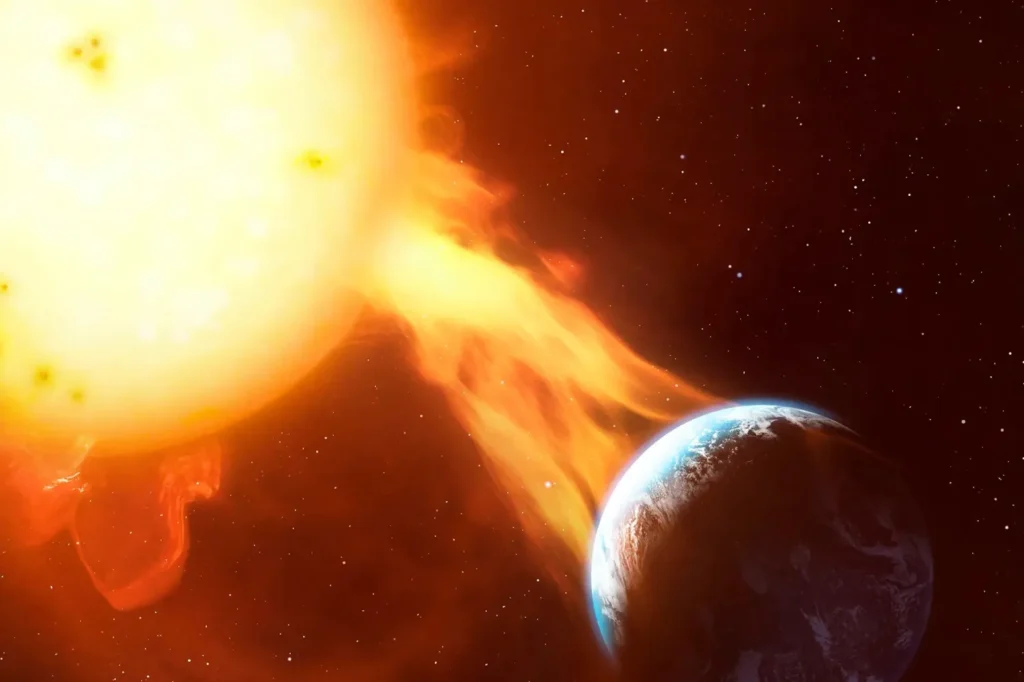The awe-inspiring Northern Lights, a result of solar storm activity, may have a darker side, potentially leading to what some researchers call an “internet apocalypse.”

Professor Peter Becker of George Mason University warns that the increasing solar activity, intersecting with our reliance on the internet, could have severe consequences. This concern arises as the sun enters a more active phase, coinciding with our global economic dependence on the internet.
The Dangers of a Solar Superstorm
Solar superstorms, consisting of large blobs of plasma or superheated matter, can significantly distort Earth’s magnetic field. This distortion can create currents that might reverse the usual flow of electricity, potentially damaging the power grid, satellites, underground fiber optic cables, navigation systems, and communication equipment.
Historical Precedent: The Carrington Event
The Carrington Event of 1859, the last time a coronal mass ejection (CME) reached Earth, serves as a historical example. It disrupted the telegraph system, causing sparks and high voltage in the wires. Today’s delicate internet infrastructure is far more vulnerable than the robust telegraph wires of the past. A similar event now could disrupt the internet for weeks or months, leading to significant economic losses estimated at $10-$20 billion per day in the U.S. alone.
Preparing for the Inevitable
With the current solar cycle peaking and expected to reach its maximum in 2024, the likelihood of solar storms increases. Predicting these storms is challenging, akin to forecasting earthquakes. However, with an early warning system, it’s possible to mitigate the impact by putting satellites in safe mode and taking transformers offline. Long-term solutions involve hardening the internet infrastructure, a costly but necessary measure to protect against these solar threats.
This research underscores the need for preparedness against solar superstorms, highlighting the delicate balance between our technological advancements and the forces of nature.
Reference(s): Source

